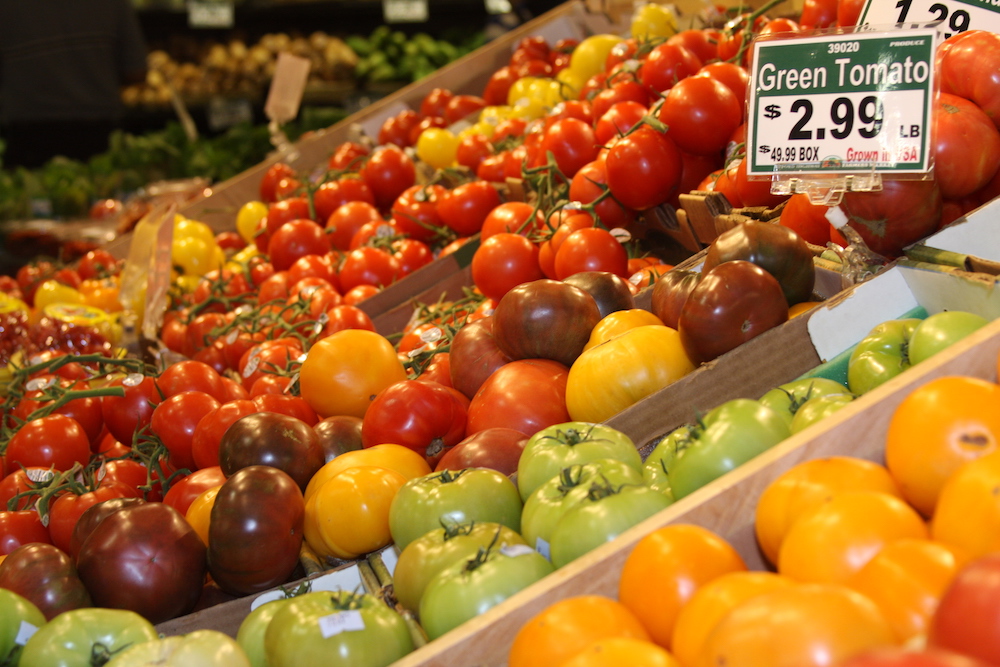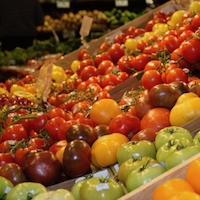From elongated tubes to near-perfect spheres, vegetables come in almost every size and shape. But what differentiates a fingerling potato from a russet or a Roma tomato from a beefsteak? Researchers at the University of Georgia College of Agricultural and Environmental Sciences have recently found the genetic mechanism that controls the shape of some of our favorite fruits, vegetables and grains.
In an article published Nov. 10 in the journal Nature Communications, horticulture Professor Esther van der Knaap and her team at UGA detail the genetic traits that have been shown to control the fruit, leaf and seed shapes of plants.
“We may be able to explain the shapes of many fruits and vegetables through a similar mechanism to the one we described in tomatoes,” van der Knaap said.
“We found that in tomatoes, plant cells in the fruit divide in a column or in a row and that will determine their shape,” van der Knaap said. “We also found that this mechanism is likely the same in several other plant species: melons, cucumbers, potatoes. We’ve even been able to go as far as finding that the same mechanism controls the shape of rice grains as well as leaves.”
The discovery of the genetic pathways that control shape is important for plant breeders, but the information is also crucial for a better understanding of plant evolution and development.
As part of a project funded by the National Science Foundation and the U.S. Department of Agriculture, van der Knaap’s team expanded on her previous work to locate the genes that account for the wide variety of tomato shapes and sizes.
In those studies, she found that the genetic sequences that control the shape and size of tomatoes do so by controlling cell division or cell size. Each of these genes tells a small part of the story about how the fruits form, said van der Knaap. Some affect the size and shape of the fruit at the later stages of development, just before the fruit is ripening. Others affect the shape and size much earlier, even before flowering.
Finally, van der Knaap’s team located similar sets of shape-control genes in plants other than tomato.
For instance, in the potato — which is very closely related to the tomato — the gene that controls potato tuber shape is found in the same location in the genome as the gene that controls tomato fruit shape.
In other plants, the shape-control genes may not be in the same place, but it is believed that they act in the same manner, controlling the horizontal or vertical structure in cell division.
For a more complete understanding of this research, visit https://doi.org/10.1038/s41467-018-07216-8. For more information about the van der Knaap lab, visit https://vanderknaaplab.uga.edu/index.html.
This research was funded by NSF IOS 0922661 and USDA NIFA AFRI 2017-67013-26199.








